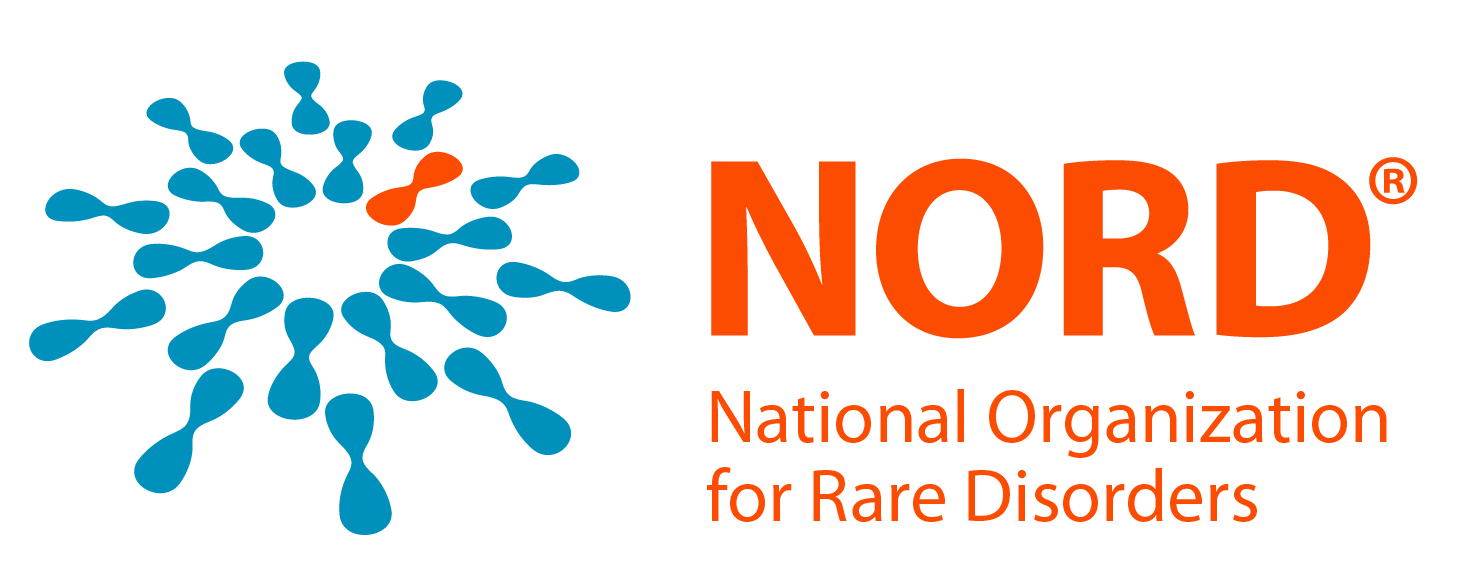The animated videos in NORD’s Rare Disease Video Library provide brief introductions to rare disease topics for patients, caregivers, students, professionals and the public. NORD collaborates with medical experts, patient organizations, videographers and Osmosis to develop the videos, which are made possible by individual donations, educational grants and corporate sponsorships. NORD is solely responsible for the content.
Friedreich’s ataxia (FRDA) is a genetic, progressive, neurodegenerative movement disorder, with a typical age of onset between 10 and 15 years. Initial symptoms may include unsteady posture, frequent falling, fatigue and progressive difficulty walking due to impaired ability to coordinate voluntary movements (ataxia). Affected individuals often develop slurred speech (dysarthria), characteristic foot deformities and an irregular curvature of the spine (scoliosis). FRDA is often associated with cardiomyopathy, a disease of cardiac muscle that may lead to heart failure or irregularities in heart rhythm (cardiac arrhythmias). About a third of the people with FRDA develop diabetes mellitus. The symptoms and clinical findings associated with FRDA result from degenerative changes in sensory nerves, including the point where they enter the spinal cord in structures known as dorsal root ganglia, and in specific nerve tracts in the spinal cord, which leads to a deficiency of sensory signals to the cerebellum, the part of the brain that helps to coordinate voluntary movements. A specific region of the cerebellum called the dentate nucleus also degenerates in FRDA. FRDA is caused by abnormalities (variants) in the FXN gene and people with FRDA inherit a pathogenic variant from each parent, so both copies of their FXN gene do not function normally. This pattern, wherein parents who are clinically unaffected because they only carry a single variant FXN gene but can have a child who is affected because they inherit pathogenic variants from both carrier parents, is called autosomal recessive inheritance.

Show Your Stripes® this Rare Disease Day® with a gift to NORD
Your donation will help more than 30 million Americans with a rare disease navigate their diagnosis, receive financial assistance, and access the care and support they deserve. Make your tax-deductible gift today!
